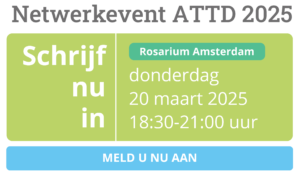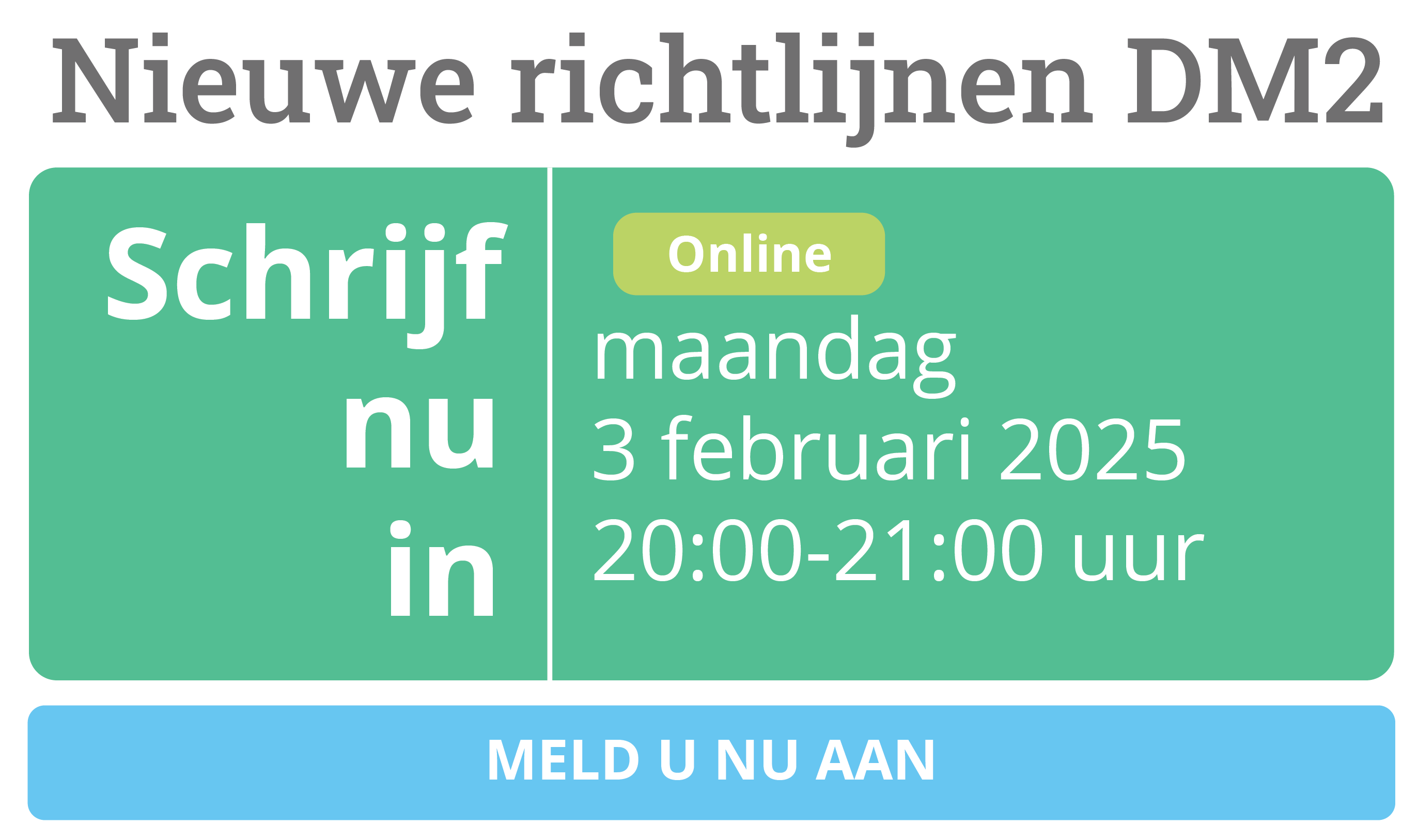OBJECTIVE
To analyze the impact of modern glucose-monitoring strategies on glycemic and patient-related outcomes in individuals with type 2 diabetes (T2D) and recent myocardial infarction (MI) and assess cost effectiveness.RESEARCH DESIGN AND METHODS
LIBERATES was a multicenter two-arm randomized trial comparing self-monitoring of blood glucose (SMBG) with intermittently scanned continuous glucose monitoring (isCGM), also known as flash CGM, in individuals with T2D and recent MI, treated with insulin and/or a sulphonylurea before hospital admission. The primary outcome measure was time in range (TIR) (glucose 3.9–10 mmol/L/day) on days 76–90 post-randomization. Secondary and exploratory outcomes included time in hypoglycemia, hemoglobin A1c (HbA1c), clinical outcome, quality of life (QOL), and cost effectiveness.RESULTS
Of 141 participants randomly assigned (median age 63 years; interquartile range 53, 70), 73% of whom were men, isCGM was associated with increased TIR by 17 min/day (95% credible interval −105 to +153 min/day), with 59% probability of benefit. Users of isCGM showed lower hypoglycemic exposure (<3.9 mmol/L) at days 76–90 (−80 min/day; 95% CI −118, −43), also evident at days 16–30 (−28 min/day; 95% CI −92, 2). Compared with baseline, HbA1c showed similar reductions of 7 mmol/mol at 3 months in both study arms. Combined glycemic emergencies and mortality occurred in four isCGM and seven SMBG study participants. QOL measures marginally favored isCGM, and the intervention proved to be cost effective.CONCLUSIONS
Compared with SMBG, isCGM in T2D individuals with MI marginally increases TIR and significantly reduces hypoglycemic exposure while equally improving HbA1c, explaining its cost effectiveness. Studies are required to understand whether these glycemic differences translate into longer-term clinical benefit.



